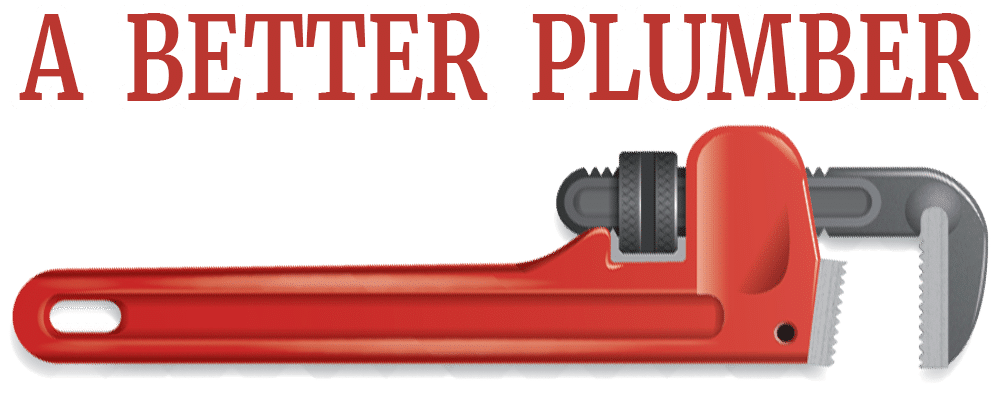Water is a necessity in our everyday life, not only in Brandywine, MD, but all across the Globe. Now when that necessity is contaminated, it becomes a critical issue for everyone of us, especially for those with diet-restrictions in calcium, magnesium and any other minerals that may be in your tap water. Hard water may not be a threat over a short period, but when that period of time stretches to decades, several studies have connected hardness of water to various health diseases such as kidney stones, diabetes, Alzheimer’s disease, malformations of central nervous system, cardiovascular disease, and various types of cancer. Though the evidences provided by these studies are being debated and doesn’t truly prove any solid proof, it’s always a good choice to have a water softener installed in your home, not only for the health benefits, but also for the good of your plumbing system.
What is a Water Softener?
As the name suggests, it softens up hard water. Hard water is simply water that contains a considerable amount of minerals that comes from water percolation with limestone and chalk. The water softener generally is designed to remove the hardness of water by breaking the minerals down with an ion-exchange resin, reverse osmosis, precipitation method, or by separating water from the minerals with chelating agents.
Why is it important to have a Water Softener Installed?
Aside from the disputable health risks that may affect people in Brandywine, it affects your plumbing system that may cause additional health risks and preventable expenses. Hard water contains ‘hardness ions’ that can cause metal corrosion, thus affecting your entire plumbing system when using metal pipes. As you may already know, plumbing system repairs do not come cheap, installing a water softener system will deduce into an honest investment.
Aside from the chance of corroding your plumbing system, treated hard water can also increase the durability of your fabrics and textiles through numerous wash cycles.
How much does a Water Softener Cost?
Taking into account the numerous services near the town of Brandywine, the average cost for a water softener installation can go from $800 up to $3,000. If you’re wondering about a DIY system, the average cost can go down to $500, considering you have your necessary tools and knowledge. Prices range from $400 to $6,000 depending on what type and the quality of water softener you’re planning on installing.
How to install a Water Softener?
Depending on the type of water softener, installing one can be from a difficulty factor of ‘EASY’, up to a ‘MEDIUM’.
Installing Reverse Osmosis System
- Make sure your water line is shut off below the sink, and drain any excess water out by turning the faucet on.
- Locate a good spot to install the filter assembly. Mark it and screw the filter assembly to the wall.
- Remove your cold water feed (generally installed in the valve) and install the saddle valve. Screw your cold-water feed on top of the saddle valve.
- Attach the water filter supply to your saddle valve. Attached the other end to the filter.
- Supply and waste lines should be attached to your faucet (Comes with the water softener system)
- Connect your faucet with the sink, and then install your drain line adapter.
- Place your storage stank into a good spot and connect it to your supply lines.
- Set your system in accordance with the manufacturer’s instructions.
Installing Magnetic System
- Locate a good spot to install your magnetic system. They usually are made small and will fit over your pipe and be placed almost anywhere.
- A Magnet box usually hinges on one side allowing it to clamp itself in the right direction.
- Make sure the box is around the pipe in the right direction. The water should flow through the box.
- Close and secure the box clamped on your pipe.
Installing Salt-Based System
- Make sure you are not violating any building codes, because some may require you a shut off valve or bypass that comes with the installation. Consult with your local town hall for more information on meeting local plumbing code.
- Make sure your main water line to your house is shut off. Drain excess water from your pipes.
- Make sure your water heater and the power supply to it is shut off.
- Cut the main water line and install an elbow fitting. This will enable you to feed its filter.
- Make sure you fit the pipes into the bypass valve. Also, make sure you solder any fittings and nipples before connecting them.
- Connect the pipes with compression fittings (Should come with the system) to the unit.
- Clamp your hose to the unit. Feed it to drain on your floor drain, sump pump, or utility sink.
- Connect the brine tank to your overflow tube.
- Make sure your valve is in the correct position for a bypass. Flush water to clean the line from any debris or sediments.
- Turn your unit on and make sure the valve is in backwash position. Turn to your manufacturer’s instructions for settings and schedules.
Installing Salt-Free System
- Make sure your main water line to your house is shut off. Drain any excess water that may still be inside the pipes.
- Cut your cold water supply pipe before it reaches the ‘pre-filtering’ housing.
- Install a shut-off valve to the pipe.
- Just after your shut-off valve, install the carbon pre-filter.
- Install another shut-off valve just after the pre-filter and attach it to a compression fitting.
- Connect your cold water supply pipe to your down flow outlet.
- Turn off both your shut-off valves and open your main water line. Check leaks while slowly opening each of your shut-off valves.
What Now?
Once your water softener is installed, all you have to do is have it maintained. Understand how the system works like knowing what kind of salt to add, cleaning up your tank and valves, and regular inspection for leaks or any other flaws of the system.
While there is still no definitive proof of any health risks involved with consuming hard water, but just thinking of the plumbing costs and life span of your fabrics is enough to justify its use.







